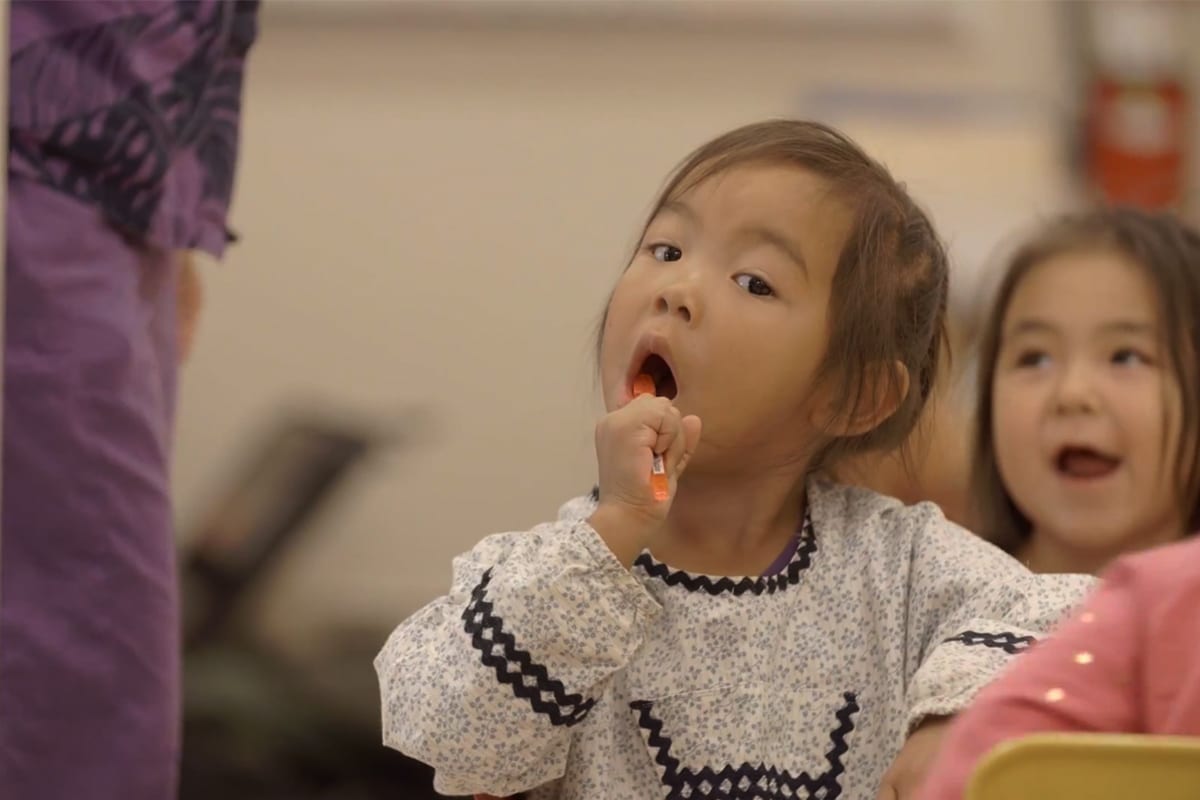Improving Oral Health for Kids and Communities
By Lowell Dempsey, February 20, 2015

(As appears on W.K. Kellogg Foundation)
Alaska Dental Health Aide Therapist (DHAT) Bonnie Johnson is part of a new wave of front-line dental professionals who are dramatically expanding access to dental care in tribal communities where regular care is out of reach and people are suffering because they haven’t been able to get the dental care they need.
Tooth decay is five times higher among Native American children ages 2 to 4 than the U.S. average. Seventy-two percent of American Indian and Alaska Native children ages 6 to 8 have untreated cavities – more than twice the rate of the general population. What is also becoming clear, however, is that while Native American children suffer a disproportionate share of tooth decay, Native American adults may be worse off. A study on the Pine Ridge Indian Reservation in South Dakota found that 84 percent of children and 97 percent of adults had ongoing tooth decay.
In her role, Bonnie Johnson, from Emmonak, Alaska, travels around her community providing dental care to children and families in rural Alaska. Tribal leaders, dentists and community members explain how dental therapists like Bonnie have helped radically improve oral health in their villages while inspiring their community, once known for rampant tooth decay and poor oral health, to strive for a different, healthier future.
“All children should have the opportunity to be healthy regardless of where they live,” said Alice Warner, director of policy with the W.K. Kellogg Foundation. “The DHAT program not only provides that chance, but also creates a career pathway for young people from underserved communities, creating a cadre of providers who understand the communities they serve.”
Read the full blog post on the W.K. Kellogg Foundation’s website.
